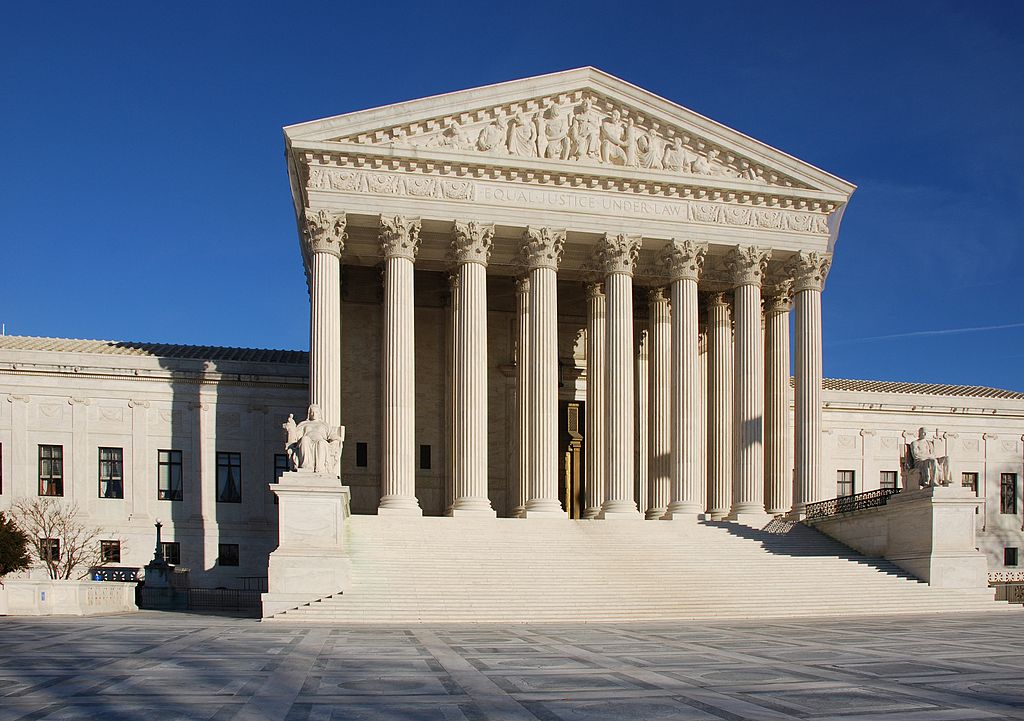What’s the story?
During the 2024 term, which ended on June 27, 2025, the U.S. Supreme Court issued several decisions that affected the balance of federalism, altering how authority is shared between states and the federal government. The rulings focused less on policy outcomes and more on procedural rules, addressing disputes over the proper use of judicial remedies, the scope of federal agencies’ power, and the process by which states can challenge federal actions. Key rulings included:
- clarifying the rules for standing and administrative process, which affected how states challenge federal regulations,
- redefining the scope of judicial power and remedies, and
- interpreting statutes to clarify the boundaries of federal preemption.
Why does it matter?
The Supreme Court’s decisions in the last term altered how federal and state powers interact and the balance of power between them. While some rulings reinforced federal supremacy, four of the five rulings directly addressed the rules governing intergovernmental relations. The decisions consistently emphasized the need for procedural clarity, encouraging both federal and state entities to be more deliberate and specific in their actions.
Here’s a snapshot of the term’s key federalism-related decisions, organized by theme:
Judicial remedies and state-led litigation
This category focuses on cases that directly address the power of federal courts to issue remedies.
- In Trump v. CASA, Inc. (6-3), the court ruled that federal district courts likely exceeded their authority when they issued nationwide injunctions against President Donald Trump’s (R) executive order limiting birthright citizenship. The decision restrains district courts from issuing nationwide rulings that block or bind federal action. The decision preserved a role for states and other plaintiffs to challenge federal actions through other legal means—such as class-action lawsuits.
Standing and administrative process
This category includes cases where the Supreme Court's ruling hinged on whether parties followed the correct legal and administrative procedures.
- In Nuclear Regulatory Commission v. Texas (6-3), the court did not resolve the federalism conflict over nuclear waste storage. Instead, the court focused on a procedural issue: Texas lacked legal standing to sue because it had not formally intervened in the agency's licensing process. This ruling has indirect implications for federalism because it makes it more difficult for states to challenge federal regulatory actions after the fact if they fail to follow proper procedures.
- In City and County of San Francisco v. Environmental Protection Agency (5-4), the court limited the EPA's authority under the Clean Water Act. The ruling held that the EPA cannot impose broad end-result requirements on states or localities, but must determine the steps the jurisdictions must take to meet water quality standards. This decision restrains the power of federal agencies in their relationship with states by requiring agencies to stay within congressionally delegated limits.
Venues for legal challenges
This category covers rulings on which courts have jurisdiction over state challenges to federal agency actions.
- In Oklahoma v. Environmental Protection Agency (8-0), the justices sided with Oklahoma and other challengers, holding that the EPA’s disapprovals of Oklahoma’s and Utah’s Good Neighbor state implementation plans were locally or regionally applicable actions. The court ruled that the case should have been reviewed in a regional circuit rather than the D.C. Circuit under the Clean Air Act. The ruling restricts where states and stakeholders may bring legal challenges to EPA decisions, potentially reducing centralized review in the D.C. Circuit.
Constitutional rights and standards of review
This category includes cases where the Supreme Court evaluated the constitutionality of a law by clarifying which standard of review applies.
- In United States v. Skrmetti (6-3), the court applied rational basis review to Tennessee’s law prohibiting all medical treatments intended to allow "a minor to identify with, or live as, a purported identity inconsistent with the minor's sex" or to treat "purported discomfort or distress from a discordance between the minor's sex and asserted identity." The Court held that the constitutionality of the state law was not subject to a heightened scrutiny standard under the Equal Protection Clause of the Fourteenth Amendment. Instead, the court ruled that the state law was subject to and satisfied a rational basis judicial review standard.
- According to the Legal Information Institute, rational basis review and heightened, or intermediate, scrutiny are two of three judicial review tests that courts use to determine whether a law is constitutional. Rational basis review is “generally used in cases where no fundamental rights or suspect classifications are at issue” and while heightened or intermediate scrutiny is “only invoked when a state or the federal government passes a statute which discriminates against, negatively affects, or creates some kind of classification affecting certain protected classes.” See the links for each term above to learn more.
- Chief Justice John Roberts wrote in the majority opinion, "we leave questions regarding its policy to the people, their elected representatives, and the democratic process." In a concurring opinion, Justice Clarence Thomas wrote, "This case carries a simple lesson: In politically contentious debates over matters shrouded in scientific uncertainty, courts should not assume that self-described experts are correct. Deference to legislatures, not experts, is particularly critical here."
- In a dissenting opinion, Justice Sonia Sotomayor, wrote, "Tennessee’s law expressly classifies on the basis of sex and transgender status, so the Constitution and settled precedent require the Court to subject it to intermediate scrutiny. The majority contorts logic and precedent to say otherwise, inexplicably declaring it must uphold Tennessee’s categorical ban on lifesaving medical treatment so long as " ‘any reasonably conceivable state of facts’ ” might justify it. [...] The Court’s willingness to do so here does irrevocable damage to the Equal Protection Clause and invites legislatures to engage in discrimination by hiding blatant sex classifications in plain sight."
Want to go deeper?
Editor’s note: This post has been updated to provide additional context and reorganize case summaries.


